Disclosure: This article contains affiliate links. We may earn a commission from purchases at no extra cost to you, which helps our travel content.
Standing at the edge of a tepui plateau, watching clouds drift through ancient rock formations that have remained virtually unchanged for millions of years, I couldn't help but feel both humbled and energized. These table-top mountains of Venezuela aren't just geological wonders—they're living classrooms of biodiversity and resilience. During my week-long stay in Ciudad Guayana this past winter, I discovered that this industrial city serves as an unexpected gateway to some of South America's most magnificent natural formations. As someone dedicated to both environmental preservation and social justice, exploring these tepuis—with their endemic species and cultural significance to indigenous communities—became not just an adventure, but an education in why protecting these landscapes matters. Whether you're a solo traveler seeking challenging hikes or a nature enthusiast eager to witness ecosystems found nowhere else on Earth, these day trips offer profound experiences that connect us to our planet's ancient history.
Understanding the Tepuis: Venezuela's Ancient Sky Islands
The word 'tepui' comes from the indigenous Pemón language, meaning 'house of the gods'—and once you've witnessed these flat-topped mountains rising dramatically from the surrounding landscape, the name makes perfect sense. These geological marvels were formed over two billion years ago, making them some of the oldest rock formations on our planet.
What makes tepuis truly extraordinary is their isolation. Over millions of years, each plateau evolved into its own microecosystem with unique plant and animal species that adapted to the harsh conditions. Scientists often refer to them as 'evolutionary islands in time'—laboratories of biodiversity where species developed in isolation from the world below.
During my research before this trip, I spent hours poring over the ecological studies of these formations using my field guide, which proved invaluable for identifying the unusual flora I encountered. The tepuis featured in Sir Arthur Conan Doyle's 'The Lost World' weren't pure fiction—these landscapes truly do feel like stepping into a prehistoric realm.
The most accessible tepuis from Ciudad Guayana are part of the eastern section of the Guiana Shield. While Mount Roraima is the most famous tepui in Venezuela (requiring a multi-day trek), several lesser-known but equally impressive formations can be visited on ambitious day trips from the city with proper planning and an early start.
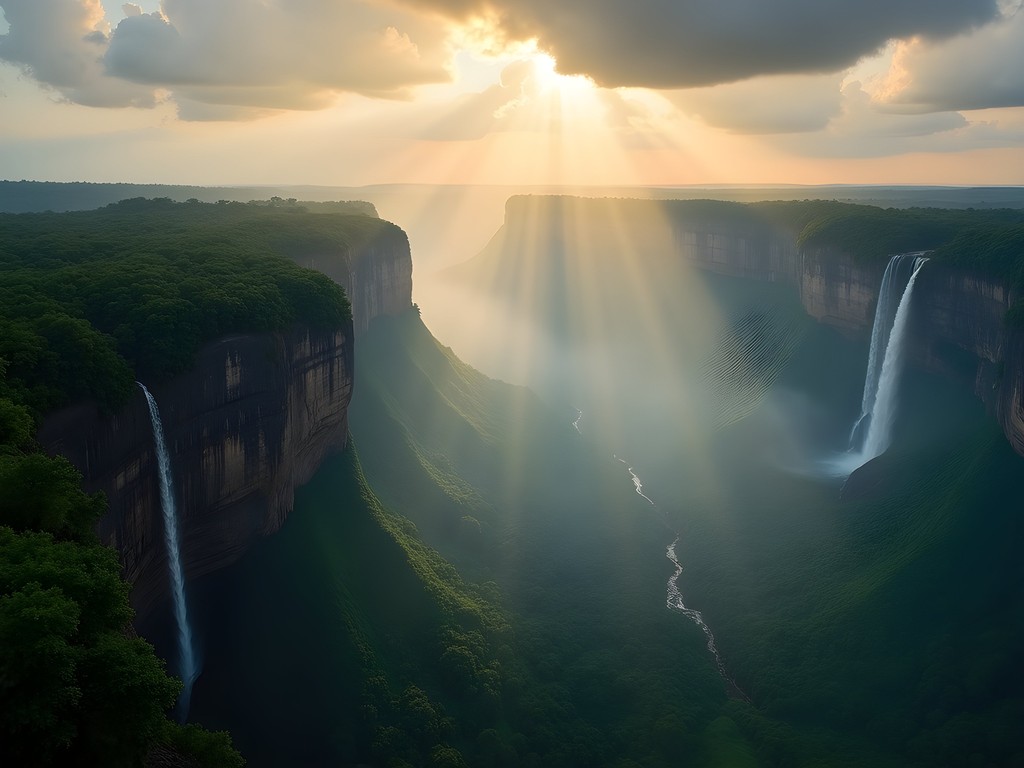
💡 Pro Tips
- Learn basic tepui geology before your trip to better appreciate what you're seeing
- Bring binoculars for spotting unique bird species that inhabit the tepui slopes
- Research indigenous Pemón stories about specific tepuis to understand their cultural significance
Planning Your Day Trip Adventure from Ciudad Guayana
Ciudad Guayana itself is primarily an industrial city, but its proximity to these natural wonders makes it an excellent base for exploration. The key to successful tepui day trips is meticulous planning—these aren't casual excursions you can arrange last-minute.
First, you'll need to secure reliable transportation. While public options exist, they rarely align with the early departure times needed for day trips. I opted to connect with local guides through my hostel, which proved to be both the most sustainable and practical approach. Not only did this support the local economy directly, but it also ensured I was traveling with someone knowledgeable about the terrain and weather patterns.
For navigating the often challenging trails, I relied heavily on my hiking boots, which provided crucial ankle support on the rocky, uneven terrain. The waterproof feature proved invaluable during unexpected afternoon showers and stream crossings.
Permit requirements vary depending on which tepui you're visiting. Some areas require guides certified by INPARQUES (Venezuela's National Parks Institute), while others have specific conservation fees. I strongly recommend arranging these permissions at least 2-3 days before your planned excursion. The administrative office in Ciudad Guayana can process most permits, though during peak season, lines can be substantial.
While researching this trip, I connected with several environmental conservation groups working in the region. Their insights not only enhanced my understanding of the fragile ecosystems but also helped me identify which operators were truly committed to sustainable practices versus those merely using eco-friendly language as marketing.

💡 Pro Tips
- Book guides at least 3 days in advance—the best ones are often reserved quickly
- Carry twice as much water as you think you'll need; the humidity makes dehydration a real concern
- Download offline maps as cell service disappears completely once you leave the main roads
Tepui Kukenan: The Accessible Giant
Of all the day trips possible from Ciudad Guayana, Tepui Kukenan offers perhaps the best balance of accessibility and authentic tepui experience. While reaching the summit requires a multi-day expedition, the base trails provide spectacular views and can be completed within a demanding day trip framework.
The journey begins with a 3-hour drive from Ciudad Guayana, followed by a moderately challenging 4-hour hike to reach the impressive viewpoints along the base. What makes Kukenan particularly special is its proximity to the more famous Roraima—you'll get stunning views of both formations without the multi-day commitment that Roraima requires.
During my visit, our guide Carlos explained how the tepui's name comes from the indigenous word for 'dead person,' referencing ancient Pemón beliefs that spirits of the deceased reside on these sacred mountains. These cultural insights transformed what could have been merely a physical challenge into a deeper connection with the land and its people.
The microclimate around Kukenan creates frequent mist and rain, even during Venezuela's dry season. I was grateful for my waterproof daypack which kept my camera gear and documents completely dry during several unexpected downpours. The investment in proper waterproofing is absolutely essential here—once your gear gets wet, the persistent humidity makes drying nearly impossible.
The biodiversity observed along the trail was remarkable. Our guide pointed out several carnivorous plants, including sundews that have evolved to capture insects due to the nutrient-poor soils. We also spotted several endemic bird species that have adapted to the specific conditions of the tepui slopes. The ecological adaptations witnessed here offer profound lessons in resilience and specialization—nature's ingenious responses to challenging conditions.
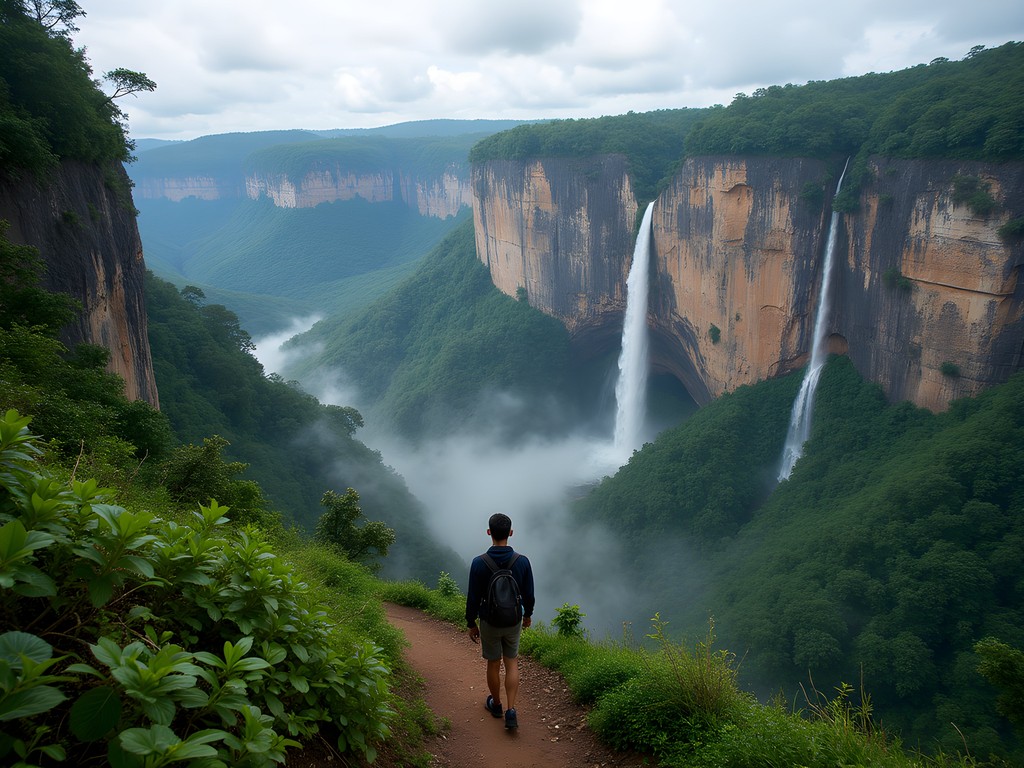
💡 Pro Tips
- Start this hike no later than 7:00 AM to ensure you have enough daylight to return safely
- Pack a lightweight rain poncho even on clear days—weather changes rapidly around tepuis
- Bring a polarizing lens filter for your camera to cut through the frequent mist and enhance colors
Auyantepui and Angel Falls: A Challenging Day Adventure
For the truly ambitious solo traveler, a day trip to glimpse Auyantepui—home to the world's tallest waterfall, Angel Falls—represents the ultimate challenge from Ciudad Guayana. Let me be transparent: this pushes the definition of a 'day trip' to its limits and requires perfect execution of logistics.
The journey begins with an early morning flight from Ciudad Guayana to Canaima (arranged through local operators). From there, a combination of boat transportation and hiking provides glimpses of this magnificent tepui and its legendary waterfall. While you won't reach the base of Angel Falls on a day trip, you can witness it from strategic viewpoints that showcase its 3,212-foot (979-meter) drop.
During my visit, weather conditions were challenging, with clouds frequently obscuring the falls. This taught me an important lesson about tepui adventures: flexibility and patience are essential virtues. Some of the most magical moments came when the clouds briefly parted, revealing sections of the falls in dramatic fashion against the ancient tepui backdrop.
The indigenous Pemón guides who led our expedition shared stories about how their ancestors considered Auyantepui the home of spirits—a sacred place not to be climbed. These narratives provided valuable perspective on the ongoing tension between tourism development and indigenous rights in the region. As travelers, we have a responsibility to approach these spaces with cultural sensitivity and awareness of our impact.
For this particularly demanding excursion, my trekking poles proved invaluable on the steep, sometimes slippery terrain. The adjustable length allowed me to adapt to varying trail conditions, while the cork handles remained comfortable despite the intense humidity.
While this ambitious day trip isn't for everyone, witnessing even portions of the world's highest waterfall cascading from an ancient tepui creates memories that will last a lifetime—along with a profound appreciation for protecting these irreplaceable natural wonders.
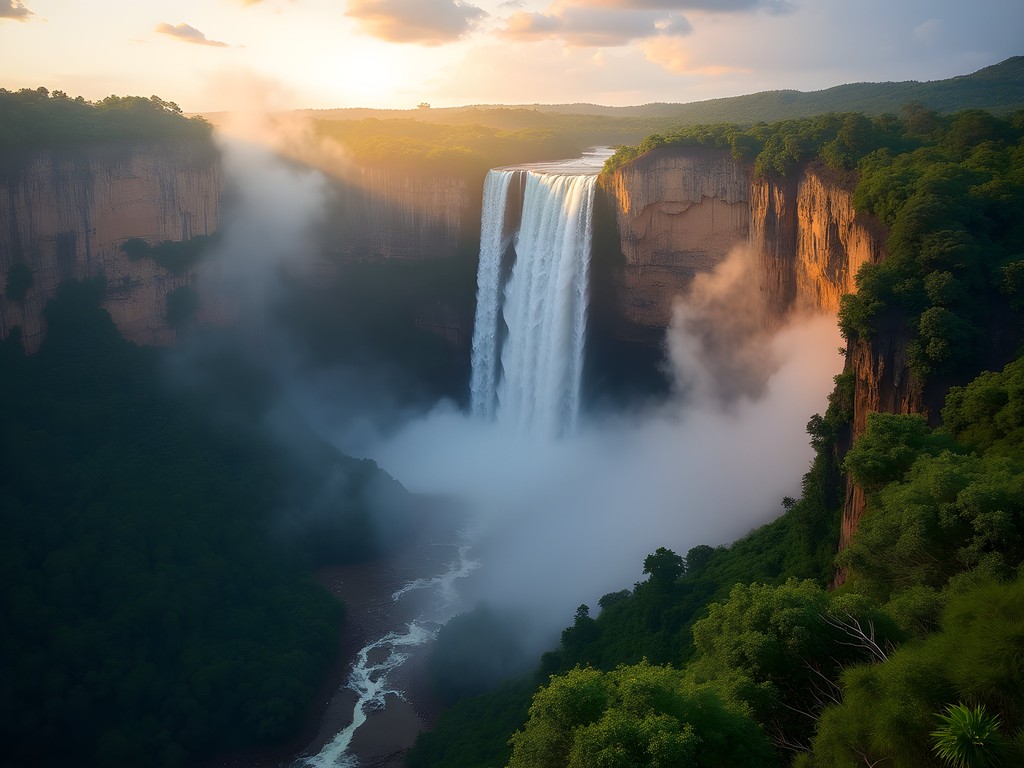
💡 Pro Tips
- Book flight transfers at least a week in advance—seats fill quickly in high season
- Prepare for potential flight delays by building flexibility into your schedule
- Bring Venezuelan bolivars in cash as credit card facilities are nonexistent in remote areas
Sustainable Practices and Cultural Respect
As both a social worker and environmental advocate, I believe that responsible travel isn't just about minimizing our ecological footprint—it's also about ensuring our presence benefits rather than exploits local communities. The tepuis region presents particular challenges in this regard.
First, the environmental considerations: These ancient ecosystems are incredibly fragile. The thin soils atop tepuis have taken millennia to form, and a single careless footstep can destroy cryptobiotic soil crusts that won't recover in our lifetime. I was dismayed to see occasional trail widening and erosion in popular areas, clear signs that visitor numbers are beginning to strain the environment.
Working with guides committed to Leave No Trace principles is essential. The best operators I encountered limited group sizes, enforced strict waste management protocols, and actively educated visitors about the ecological significance of what they were experiencing. They were also transparent about how tourism revenue was supporting conservation efforts.
Equally important are the social dimensions of sustainable tourism here. The tepuis hold profound cultural significance for indigenous Pemón communities, many of whom face ongoing challenges to their land rights and traditional ways of life. Some communities have embraced tourism as an economic alternative that allows them to remain on ancestral lands while rejecting more destructive industries like mining.
During my stay, I participated in a community-led discussion about tourism development, where Pemón leaders articulated both opportunities and concerns about increasing visitor numbers. Their perspectives highlighted the complexity of sustainable development in practice—balancing economic needs with cultural preservation and environmental protection.
As visitors, we have a responsibility to research operators thoroughly, prioritizing those with clear commitments to both environmental sustainability and fair compensation for indigenous guides and knowledge-keepers. This might mean paying more than the lowest available price, but it ensures our presence contributes positively to conservation efforts and community wellbeing.

💡 Pro Tips
- Choose operators that employ indigenous guides and have clear environmental policies
- Ask permission before photographing local community members or cultural sites
- Learn basic Spanish phrases to show respect and build connections with local guides
Practical Preparation for Tepui Adventures
Venturing into tepui territory demands thorough preparation—these aren't environments that forgive poor planning. From my experience, here's what you need to know before embarking on these challenging day trips from Ciudad Guayana.
Acclimatization is crucial. I recommend spending at least one full day in Ciudad Guayana before attempting any strenuous tepui hikes. The combination of humidity, elevation changes, and physical exertion can be overwhelming if you haven't given your body time to adjust to local conditions.
Packing appropriately can make or break your experience. Beyond standard hiking essentials, I found my moisture-wicking shirts particularly valuable in the humid conditions. The lightweight fabric dried quickly after sweating on steep ascents, while the long sleeves provided crucial sun and insect protection without overheating.
Water purification becomes essential on longer excursions. While I carried substantial water (at least 3 liters for day hikes), having a reliable purification method allowed me to safely refill from streams when necessary. Always confirm with guides which water sources are safe for treatment.
Medical preparation deserves special attention. The remoteness of these locations means comprehensive first aid knowledge and supplies are non-negotiable. I carried specialized blister treatment, rehydration salts, and antihistamines in addition to standard first aid items. Thankfully, I didn't need them, but witnessing another hiker's allergic reaction to an unknown plant reinforced the importance of proper medical preparation.
Permit and documentation requirements can change with limited notice. I recommend double-checking requirements with both your accommodation in Ciudad Guayana and your guide service the day before departure. Carrying physical copies of all permits, identifications, and insurance information in waterproof protection is essential—digital versions are useless when your phone battery dies or lacks service.
Finally, managing expectations realistically will enhance your experience. Weather conditions often mean tepui summits remain shrouded in clouds. Rather than fixating on 'perfect' views, embrace the mysterious, primordial atmosphere that mist creates—it's part of what makes these landscapes so unique and evocative.
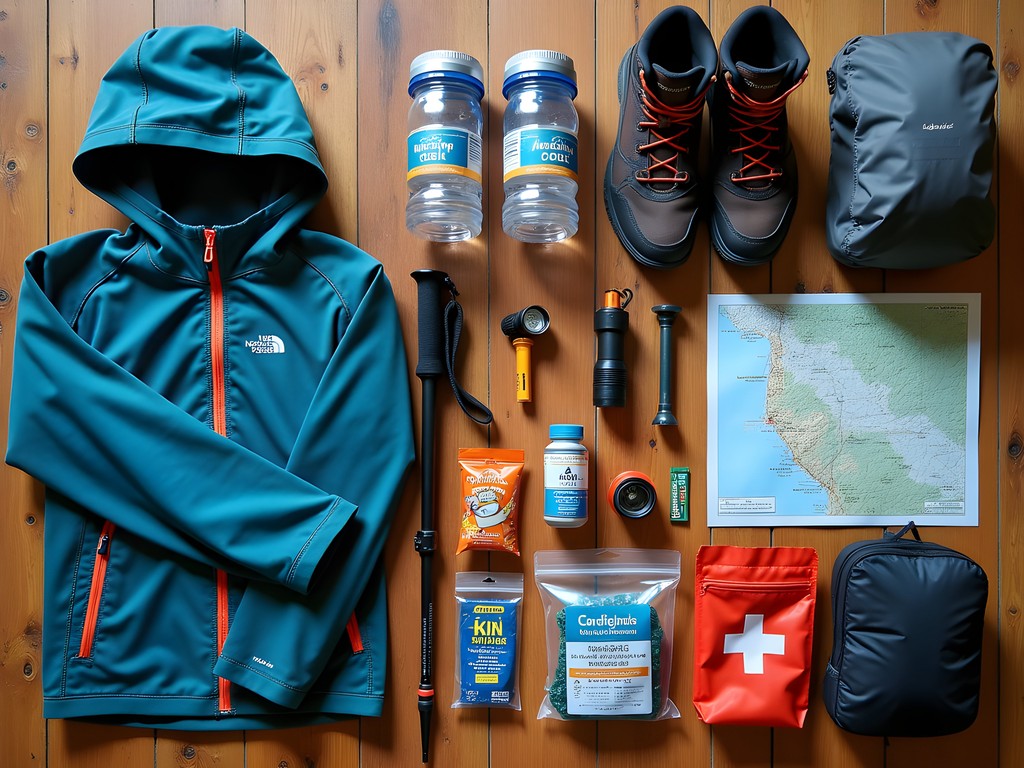
💡 Pro Tips
- Break in hiking boots thoroughly before your trip—blisters can end your adventure prematurely
- Pack high-calorie, non-melting snacks like nuts and dried fruit for sustained energy
- Bring a basic Spanish phrasebook with geological and nature terms for better communication with guides
Final Thoughts
The tepuis rising from the Venezuelan landscape represent far more than impressive geological formations—they're living monuments to Earth's ancient history and ongoing evolution. As I returned to Ciudad Guayana after each day trip, physically exhausted but spiritually energized, I carried with me not just photographs but a deeper understanding of why these 'houses of the gods' deserve our protection and respect. For solo travelers willing to embrace the challenges, these day adventures offer rare glimpses into ecosystems that have remained largely unchanged for millions of years. They remind us that true sustainability means preserving not just physical landscapes but the cultural knowledge and indigenous relationships with these sacred places. Whether you're gazing up at Angel Falls or walking along the base of Kukenan, I hope you'll approach these journeys not just as adventures to be conquered, but as privileges that come with responsibility—to tread lightly, listen deeply, and return home as an advocate for these irreplaceable wonders.
✨ Key Takeaways
- Day trips to tepuis from Ciudad Guayana are challenging but possible with proper planning and early starts
- Working with indigenous guides provides both safety and deeper cultural understanding of these sacred landscapes
- Sustainable tourism practices are essential to preserving these fragile ecosystems for future generations
📋 Practical Information
Best Time to Visit
December-April (dry season)
Budget Estimate
$150-300 per day trip (including transportation, guides, and permits)
Recommended Duration
1-week in Ciudad Guayana to allow for multiple day trips
Difficulty Level
Challenging
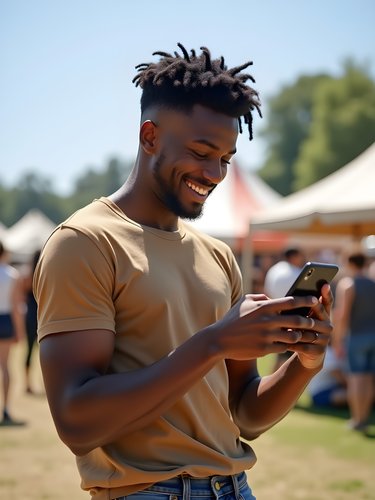
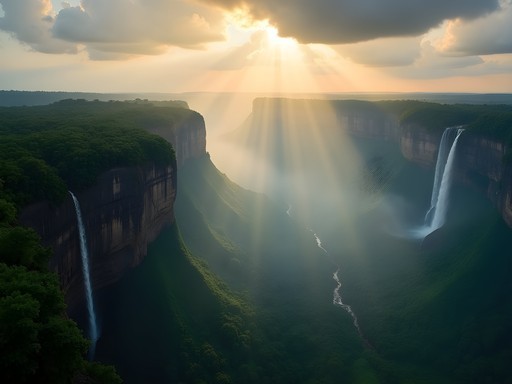

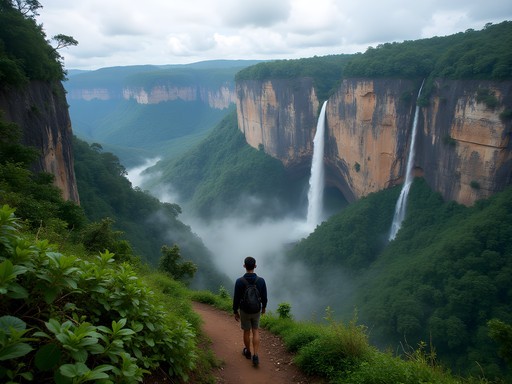
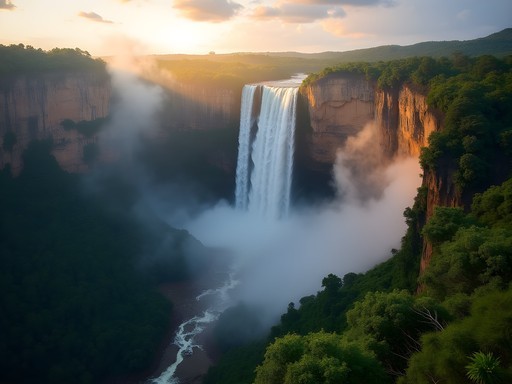
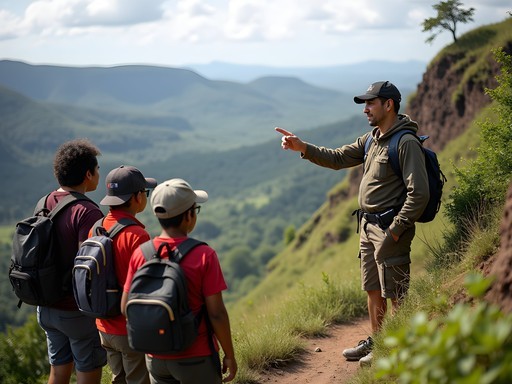
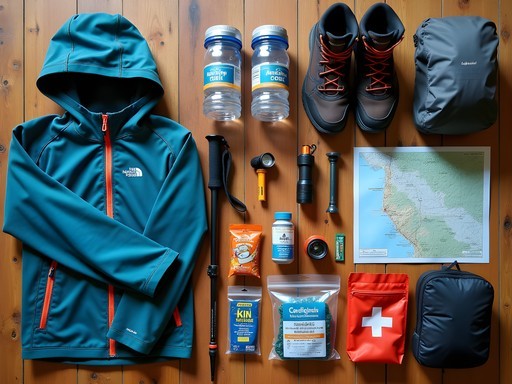


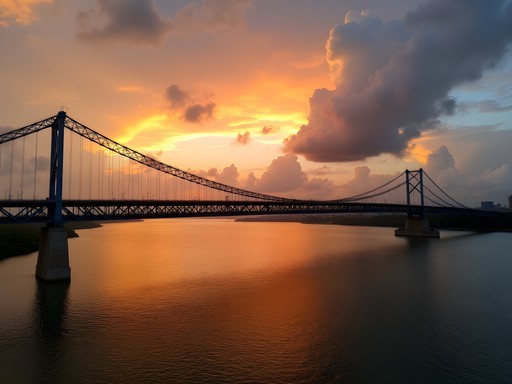



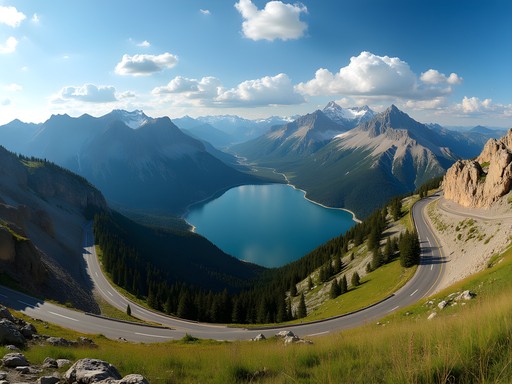
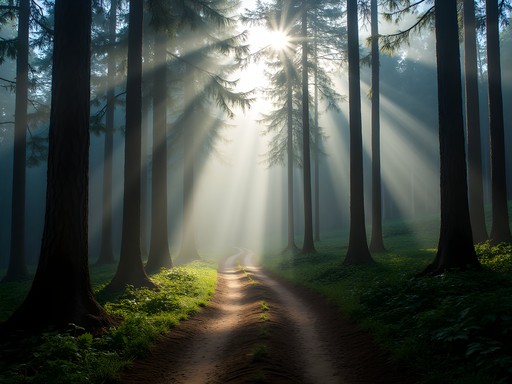


Comments
bluegal
Just got back from Venezuela and did this exact trip! For anyone planning to go, the local buses from Ciudad Guayana are super cheap but take forever. Worth spending extra on transportation if you're short on time. The tepuis are even more impressive in person!
Stephanie Romano
Your post brought back so many memories! We visited with our kids (10 and 12) last year and did the Kukenan day trip. The moment when we first saw that massive plateau rising from the savanna, my daughter whispered 'it looks like a floating island!' The local Pemón guides were incredible with the children, sharing legends about how the tepuis were the stumps of mighty trees that once held up the sky. One tip for families: the transportation from Ciudad Guayana can be unpredictable - we arranged a private driver through our hotel which cost more but saved us hours of waiting and confusion with young kids in tow.
smartgal
How difficult is the hike to Kukenan really? I'm not super fit but want to see these amazing formations!
Douglas Smith
The main viewpoint trails to Kukenan are moderate - about 4-5 hours round trip with regular breaks. Just bring plenty of water and sun protection. The full ascent is much more challenging and requires a guide and permits.
smartgal
Thanks so much! That sounds doable for me.
Jean Wells
Douglas, excellent breakdown of the tepui day trip options. I visited the area last year and found Kukenan to be exactly as you described - more accessible but still breathtaking. One thing I'd add is the importance of weather monitoring. I used weather app to track conditions, as afternoon thunderstorms can develop quickly and make certain paths treacherous. The geological history section was particularly informative - these formations truly are living museums of Earth's ancient past.
globebuddy
Jean, did you hire a guide or go with a tour group? Planning my trip now and wondering which is better.
Jean Wells
I hired a local guide named Miguel through my hotel in Ciudad Guayana. Definitely recommend a guide over solo exploration - they know which areas require permits and which paths are safest during different seasons.
exploreadventurer
Wow, those tepuis look absolutely incredible! Definitely adding this to my bucket list. The photos are stunning!
waveking1501
OMG THESE MOUNTAINS LOOK INCREDIBLE!!! I had no idea Venezuela had places like this! How have I never heard of tepuis before?? The photos with the mist rolling over the edges are UNREAL! Definitely saving this post for future travel plans!!! 😍😍😍
Douglas Smith
They really are amazing! They were actually the inspiration for Arthur Conan Doyle's 'The Lost World' - he thought they looked like places where dinosaurs could still exist!
waveking1501
That makes so much sense! They totally look like dinosaur territory! 🦕
Haley Hamilton
Douglas, this brings back so many memories! I did the Tepui Kukenan trip last year and it was absolutely life-changing. For anyone planning to go, I'd add that the weather can change in an instant up there. We started in sunshine and within an hour were in thick cloud and drizzle. My waterproof daypack saved all my camera gear! One tip I'd add - the local guides know secret viewpoints that aren't in any guidebook. Our guide Carlos took us to this hidden spot where you could see three tepuis at once. Worth asking about these less-visited perspectives. Also, the biodiversity is incredible - bring a macro lens if you're into photography. The tiny carnivorous plants are fascinating!
adventure_ready
Did you do the trip as a solo traveler or with a group? Thinking of heading there in January but not sure about going alone.
Haley Hamilton
I went with one friend, but our tour had several solo travelers. The guides are super professional and the groups were small (6-8 people). January should be good weather-wise too!
wanderlustnomad
Those tepuis look incredible! Been dreaming of seeing them since watching Up as a kid.
Haley Hamilton
Right? The first time I saw them in person I literally gasped. They really do look like they're from another world!
wanderlustnomad
Did you find it difficult to get there from Ciudad Guayana? I'm not much of a hiker but I'd love to see them somehow.
Taylor Moreau
Douglas, excellent guide that captures the essence of these magnificent formations. As someone who's been documenting South American geological features for over two decades, I can attest that the tepuis remain one of the continent's most underappreciated wonders. One thing I'd add for your readers: the biodiversity on each tepui is remarkably distinct. Kukenan hosts plant species that don't exist on Auyantepui, despite their proximity. This isolation has created what scientists call 'sky islands' - essentially evolutionary laboratories. For those interested in the scientific aspects, I recommend arranging a guide with biological expertise rather than just a hiking guide. The additional insight transforms the experience from merely scenic to truly educational.
starblogger4772
Just wanted to add that if you're into photography, bring extra memory cards! I filled up mine way too quickly with all the amazing shots. The light on the tepuis changes constantly throughout the day, creating completely different moods. Morning mist is particularly spectacular if you can get an early start.
Venture X
Premium card with 2X miles, $300 travel credit, Priority Pass